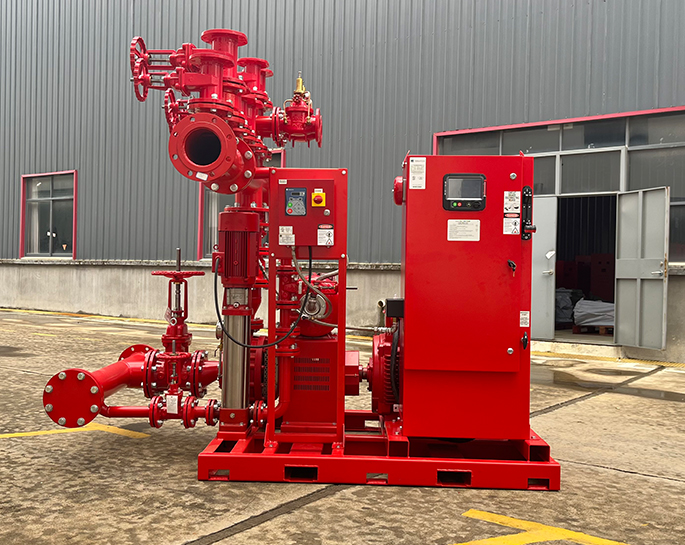How to deal with the noise generated by fire pumps?
Dealing with the noise generated by fire pumps is important to ensure a safe and comfortable working environment, especially in locations where the noise may be disruptive or where there are noise regulations in place. Here are some strategies to manage and reduce the noise from fire pumps:
-
Noise Assessment:
- Conduct a noise assessment to identify the sources of noise and their intensity. This will help you determine the most effective strategies for noise control.
-
Enclosures and Barriers:
- Install enclosures or barriers around the fire pump to contain and absorb the noise. These can be constructed using sound-absorbing materials. Make sure that any enclosure does not impede ventilation or access for maintenance.
-
Vibration Isolation:
- Use vibration isolation mounts or pads to reduce the transmission of vibration from the pump to the surrounding structure. This can help minimize noise transmitted through building structures.
-
Regular Maintenance:
- Perform regular maintenance on the fire pump to ensure that all components are in good working condition. Loose or worn parts can contribute to increased noise levels.
-
Choose Low-Noise Equipment:
- When selecting fire pumps, consider models that are designed to operate with lower noise levels. Manufacturers may provide information on the noise characteristics of their equipment.
-
Install Silencers:
- Install noise silencers or mufflers on the intake and exhaust systems of internal combustion engines. These devices can help reduce the noise produced by the engine.
-
Remote Location:
- If possible, position the fire pump in a remote location away from occupied areas. This can help minimize the direct impact of noise on individuals.
-
Noise Barriers:
- Use noise barriers such as walls or fences to redirect or block the transmission of noise. This is especially effective in outdoor settings.
-
Create Buffer Zones:
- Designate buffer zones between the pump and occupied areas where noise-sensitive activities take place. This can help create a physical separation to minimize the impact of noise.
-
Educate and Communicate:
- Educate personnel and occupants in the vicinity about the noise generated by the fire pump and its operational requirements. Effective communication can help manage expectations and reduce concerns.
-
Compliance with Regulations:
- Ensure that the noise levels generated by the fire pump comply with local noise regulations and standards. This may involve obtaining permits or making adjustments to meet acceptable noise levels.
Always consider the specific circumstances and requirements of the location where the fire pump is installed. If noise reduction measures are not sufficient, consulting with a noise control professional may be beneficial to implement more specialized solutions.


.png)
.png)

.png)


